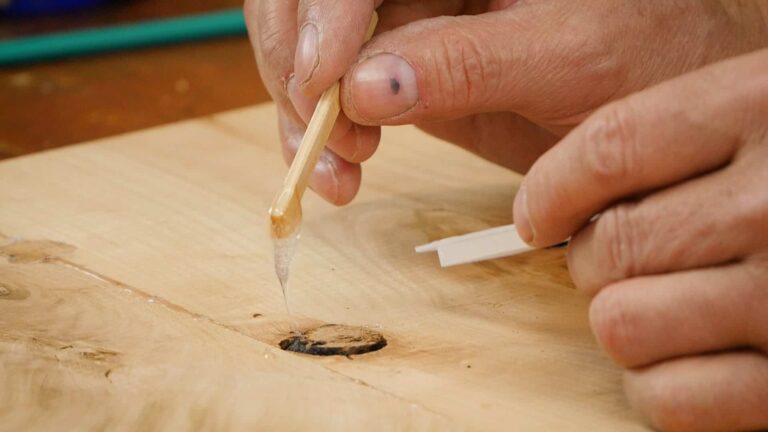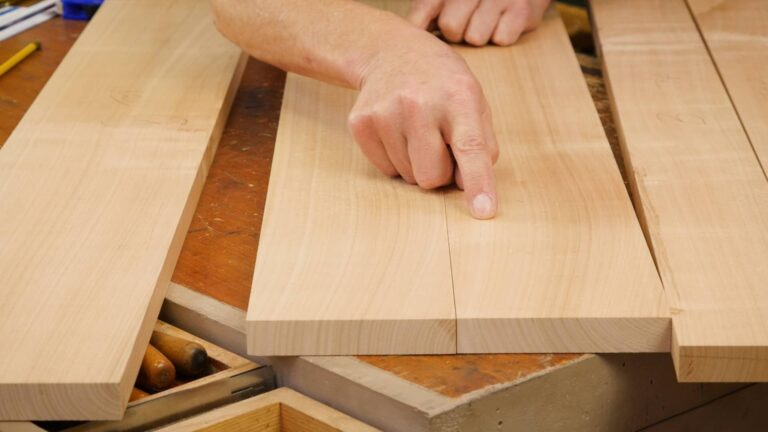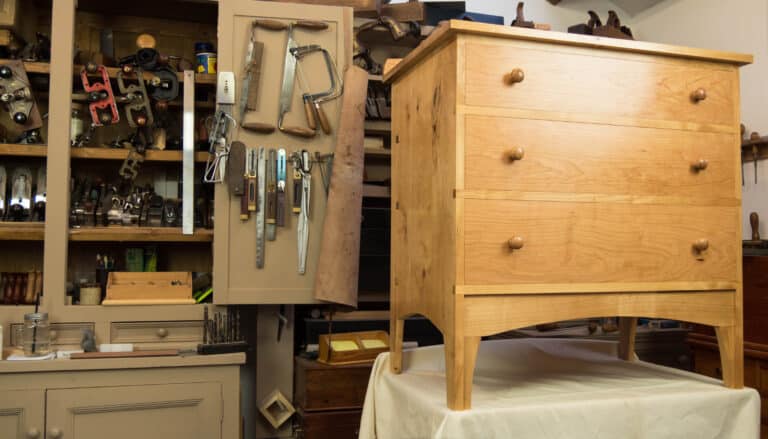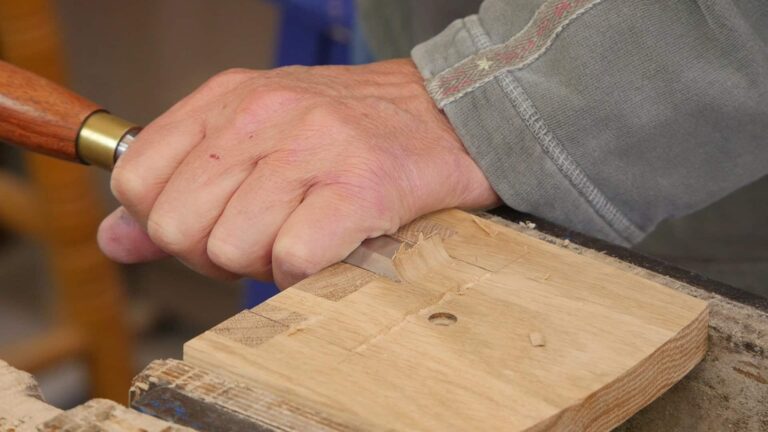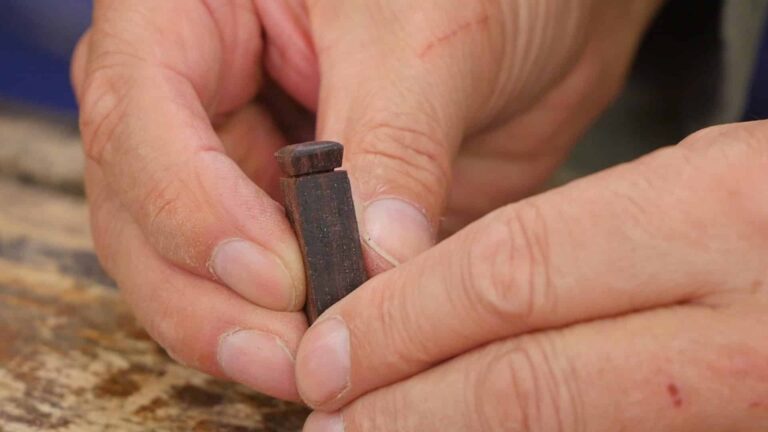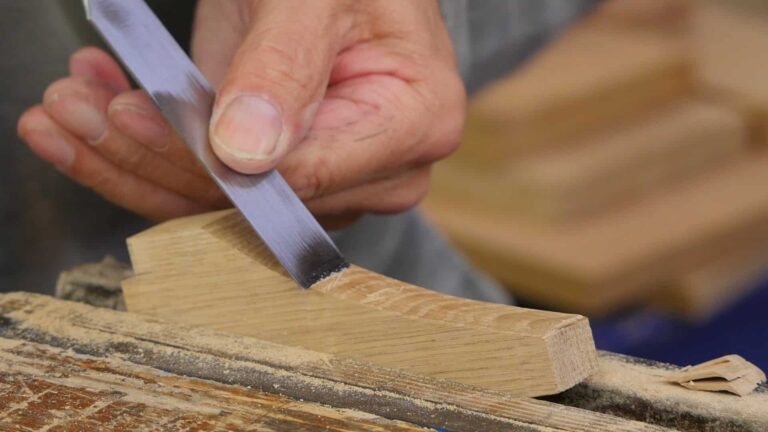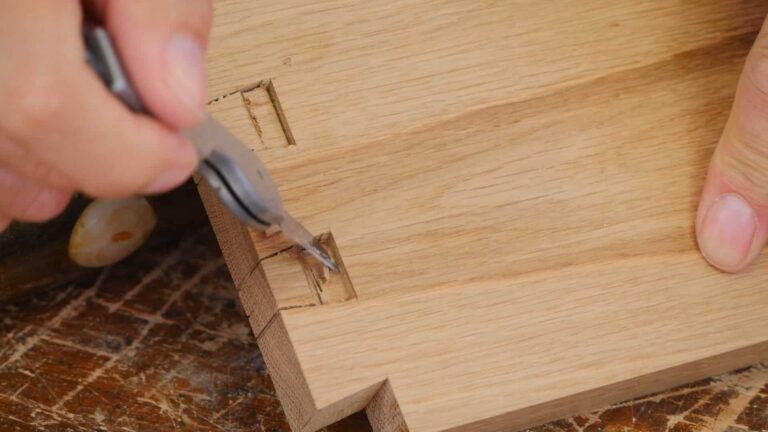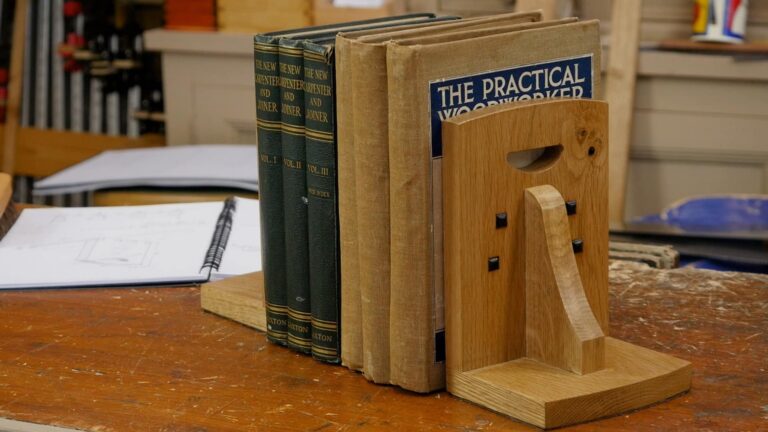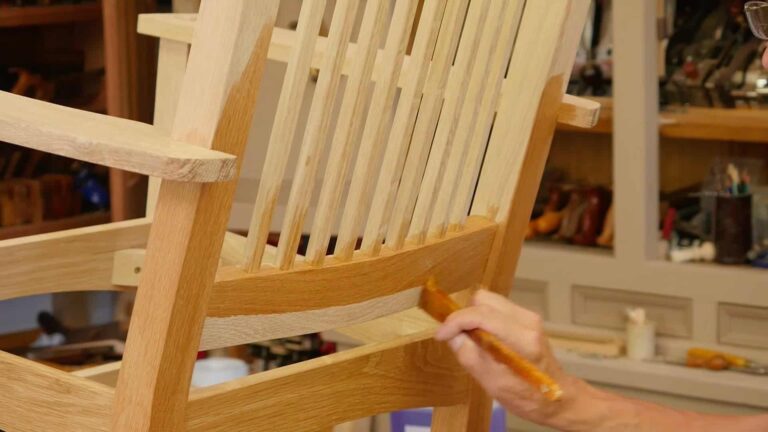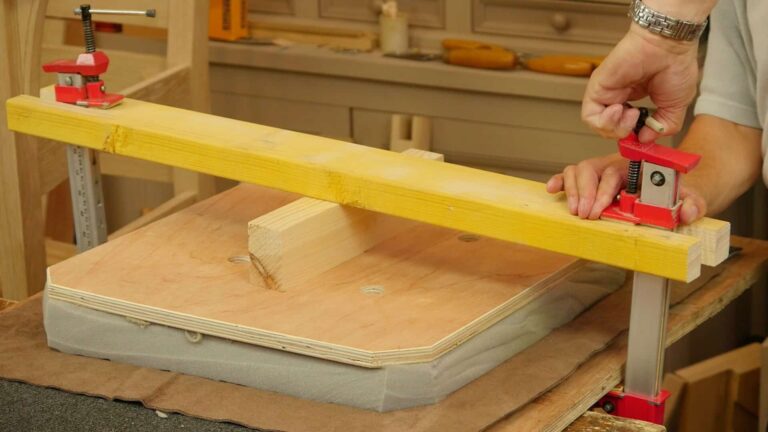Chest of Drawers: Episode 2
We’re ready to work on the panels. Paul shows ways to fill any knots and surface defects, using super glue, epoxy and wax filler. Then it can be planed, which can be tricky with adverse grain, or scraped before cutting the boards to size. Paul ensures it is square and accurately sized in preparation for the joinery.

